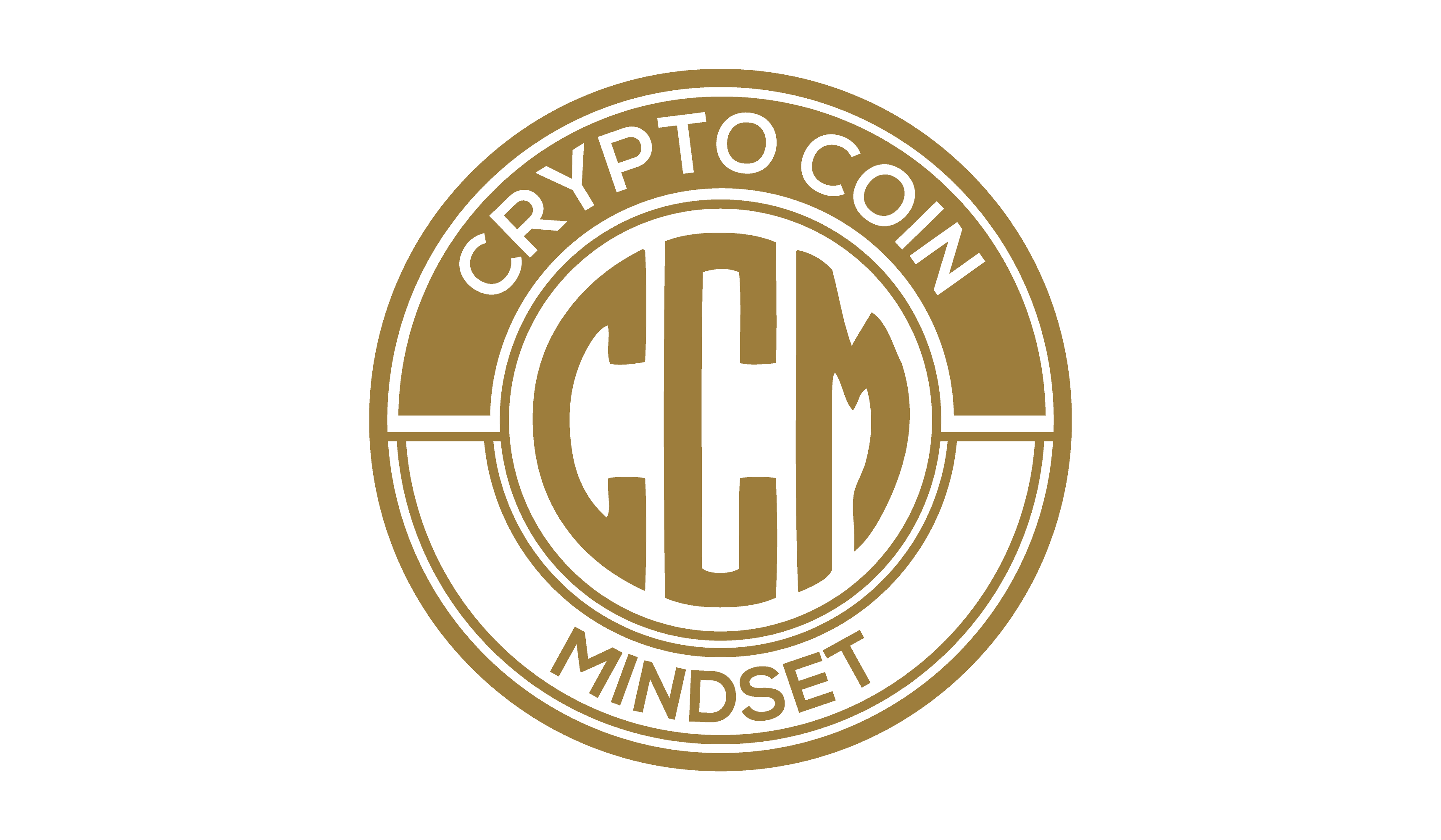
History and Evolution of Token Sales – ICO vs IEO
Last updated on November 8th, 2022 at 01:58 pm
 If you have spent any time researching the crypto space, you have likely run across many different terms and acronyms. Though having lots of acronyms in a certain niche is not something specific to the crytocurrency space, there is certainly no shortage of them here.
If you have spent any time researching the crypto space, you have likely run across many different terms and acronyms. Though having lots of acronyms in a certain niche is not something specific to the crytocurrency space, there is certainly no shortage of them here.
Thought we’ve already mentioned many of them in some of the previous articles throughout our blog, today we are going to discuss the acronyms ICO and IEO.
These acronyms represent two different token sale models which are currently dominating the crypto space and are bringing new coins and tokens to the ever-growing cryptocurrency industry.
Their history is long and troubled, particularly when it comes to ICOs. As with most things in life and in investments in particular, it is a good practice to understand a thing before you participate.
So, let’s take a look at the history of each of these token sale models. As we do, we will also see how ICOs compare to IEOs, as well as advantages and issues with each.
The History of Token Sales
What is an ICO?
Answering this question is as good a place to start as any…
 An ICO, otherwise known as an Initial Coin Offering, is a fundraising tool that startups within the cryptocurrency space use to raise money for their new blockchain projects.
An ICO, otherwise known as an Initial Coin Offering, is a fundraising tool that startups within the cryptocurrency space use to raise money for their new blockchain projects.
The process for a startup to create and run an ICO was fairly simple… they would present their project, its idea (usually in the form of a white paper) and explain why they believe their project is going to disrupt an existing market, progress technology, culture, etc.
In order for these projects to run an ICO, they usually create a digital currency, either in the form of a coin or token. Often, these digital currencies usually serve as a fueling source for their blockchain and platform.
So how do these projects run these ICOs?
ICOs are all generally run in a similar fashion. These projects will create a staged, multi-leveled token sale.
These sales often begin with a pre-sale. The pre-sale is generally open only to VIP investors… perhaps the venture capitalists who may already have a vested interest in the project. These investors usually get the lowest investment price for the coin or token.
Then there is the portion of the token sale that is open to the public. The sale usually has a few different levels. The best entry price is for the initial levels and continues to increase until all the allocated coins or tokens for the ICO are sold.
 Investors flock to a project’s ICO for many reasons. Some actually believe in the project and the long term vision for it’s future.
Investors flock to a project’s ICO for many reasons. Some actually believe in the project and the long term vision for it’s future.
Though most investors are simply looking for an opportunity to ‘make a quick buck’.
They buy the coins or tokens at the lowest possible ICO price. Then as soon as they get listed on an exchange, these same investors will dump them as the price of the token is on the rise from the euphoria from the exchange listing.
This cycle inevitably crashes the price of the coin or token and the retail investors who were ‘late to the party’ are usually the ones who bought at the top of the market and got sucked down with it… watching their investment shrivel away.
So far, there were thousands of ICOs and most of them ended up either unsuccessful or the projects were too weak to survive the harsh conditions within the crypto industry during 2018.
Even so, new ICOs continue to appear all the time. They continue to bring with them new ideas, designs and visions. Though in the minority, some of them are quite advanced and completely new, while many others aim to improve already existing concepts.
What was the first ICO?
The first ICO ever reported was held back in 2013, by a project known as Mastercoin, now called Omni. It lasted for nearly a month, and it raised 5,000 BTC, or $500,000, at the time.
In the years that followed, ICOs started gaining more and more popularity, as developers realized that they could rely on the community to raise money for their projects. This eventually led to the entire flood of token sales in 2017 and 2018, which brought thousands of new altcoins to the crypto market.
The Fall of ICOs
As the interest in cryptocurrency skyrocketed, so did the prices and with the growing prices came the scammers. In fact, the ICO trend was nearly led to extinction due to a high number of scams.
Initially these scam ICOs worked due to the increased levels of hype in the crypto space. With the coins’ prices surging almost immediately as the coins hit the market, people got greedy and investors were willing to buy literally any new coin or token, no questions asked.
Everyone was looking to invest small amounts of capital and then watch their investment explode as the coin’s price shot up… thus bringing them back huge profits. And while this was the case for some investors, it was not the case for the majority.
Eventually, the scammers started selling their tokens with no plans to ever complete the proposed project. With investor rushing to be among the first to buy, it was easy for these scam projects to raise the amount of capital they wanted and then just disappear, leaving their investors holding their bags of worthless crypto.
Enter Experience & Regulation
As the bear market gripped the cryptocurrency space in 2018, not only forced the over inflated token prices to plummet, by would be investors looking for a quick score left the crypto space in droves.
The majority of the people who chose to remain in the cryptocurrency space ‘for the long term’ were more experienced and less likely to be deceived by scam ICOs.
This change in the market was coupled with regulators from around the world deciding that it is time for all of this to stop. This was and still is true, particularly in the United States.
 The US Securities and Exchange Commission (SEC) began cracking down on this ICO model. They named nearly all altcoins securities (until proven otherwise), this was relatively easy since none of them were compliant with the outdated securities regulations. This concentrated effort continues today as the number of lawsuits and the size of fines continue to skyrocket.
The US Securities and Exchange Commission (SEC) began cracking down on this ICO model. They named nearly all altcoins securities (until proven otherwise), this was relatively easy since none of them were compliant with the outdated securities regulations. This concentrated effort continues today as the number of lawsuits and the size of fines continue to skyrocket.
All of these factors conspired to almost completely destroy the ICO model. Developers slowed bringing projects to the space. The new projects that wanted to have an ICO simply exclude US residents as well as the residents of any other country that has stringent securities laws.
However, with the resurgence of market prices in 2019, the number of ICOs has started to grow again.
The current group of investors in the market are much more cautious than before, but as prices continue to increase and a new bull run begins, new investors will begin to enter the space… hopefully they will do research before investing… but, unfortunately, probably not.
But, 2019 brought another new trend… the IEO. This is a new token sale model which a lot of people see as a decent replacement for ICOs and potentially the future of token sales itself.
Enter IEOs
 IEOs, or Initial Exchange Offerings, are basically the same thing as ICOs. The major difference is that token sales are being held on cryptocurrency exchange-owned platforms.
IEOs, or Initial Exchange Offerings, are basically the same thing as ICOs. The major difference is that token sales are being held on cryptocurrency exchange-owned platforms.
During an IEO, the exchanges often vets the project before agreeing to host the offering, although there have been complaints that all a project needs is the right amount of money. But once an exchange does offer and IEO, they only allow their own customers to participate.
The model received a lot of popularity almost immediately, as it improved on the regular ICO quite a bit.
For example, as long as the investor trusts the exchange they are trading at — there is no reason to doubt the legitimacy of the token sale. In theory, the exchanges are the ones responsible for determining whether the project is real or a scam.
 IEOs emerged almost at the very start of 2019, when Binance, the world’s largest exchange by trading volume, brought back its Binance Launchpad. This is a token sale platform that was developed back in 2017. Binance never used it however, as cryptocurrency prices started falling and ICOs were on the hot seat.
IEOs emerged almost at the very start of 2019, when Binance, the world’s largest exchange by trading volume, brought back its Binance Launchpad. This is a token sale platform that was developed back in 2017. Binance never used it however, as cryptocurrency prices started falling and ICOs were on the hot seat.
In January 2019 it relaunched with the offering of BitTorrent (BTT), a token within the TRON ecosystem. The demand was so huge that Binance Launchpad crashed for 15 minutes.
Eventually, the exchange’s team brought it back up and the token sale continued. At the time, Changpeng Zhao, also known as CZ, the CEO of Binance, stated that the token sale would have been done in seconds if not for the crash.
The success of this IEO started a new trend in the cryptocurrency space.
It should be mentioned that along with these token sales models, there is also another model within the space. It is known as an STO or Securities Token Offering.
Given the move by governments to regulate the cryptocurrency space, having an STO, which is only open to accredited investors, helps to keep tokens that could be classified as a security, compliant with security regulations.
Since the inception of the IEO model, there has been much debate as to which model provides the better option to the project as well as the investor.
Both models have their strengths and weaknesses, let’s take a look…
Lets Compare ICOs vs IEOs
ICO Pros & Cons
Pros:
– Projects can raise a lot of money
– Project ownership remains with the founders 100%
– First mover advantage – Marketing strategies for ICOs are well established
– Fund raising can begin with just white paper – although these days more trust in the project must exist
– Projects unable to interest venture capitalists can get funding
– Democratization
Cons:
– Company’s public reputation may suffer if the ICO fails
– Little to no regulations
– Investing can be risky for new, inexperienced investors
– A high number of scams and weak projects that are bound to fail
– The investor needs to do his own research on the ICO on his own before investing
– The asset could be declared a security by the regulators
IEO Pros & Cons
Pros:
– Being supported by a trusted exchange can increase interest in the project
– No marketing costs to the project, the exchange does all the marketing
– Increased safety for investors as exchanges vet projects for legitimacy
– IEOs provide the exchanges with revenue in listing and exchange fees
– IEOs can attract new customers to an exchange
Cons:
– Exchange access may be restricted for various countries
– Token ownership remains with the exchange until tokens can be removed to a wallet
The Future of ICOs & IEOs
 While many in the space expected the ICO to go the way of the dinosaur this model still proves quite resilient. Indeed, many believe it will made quite a strong comeback in coming months.
While many in the space expected the ICO to go the way of the dinosaur this model still proves quite resilient. Indeed, many believe it will made quite a strong comeback in coming months.
On the other hand, IEOs were an instant hit. They remain every bit as popular as they were when they first appeared.
While we’re not here to predict the future of anything in the crypto space, hopefully educating both novice and experienced investors alike will help to reduce risks. By doing so, the space will look more attractive to outsiders and limit the need for governments to try imposing more restrictive regulations.
Disclaimer
The information provided here is for INFORMATIONAL & EDUCATIONAL PURPOSES ONLY!
View our complete disclaimer on our Disclaimer Page






